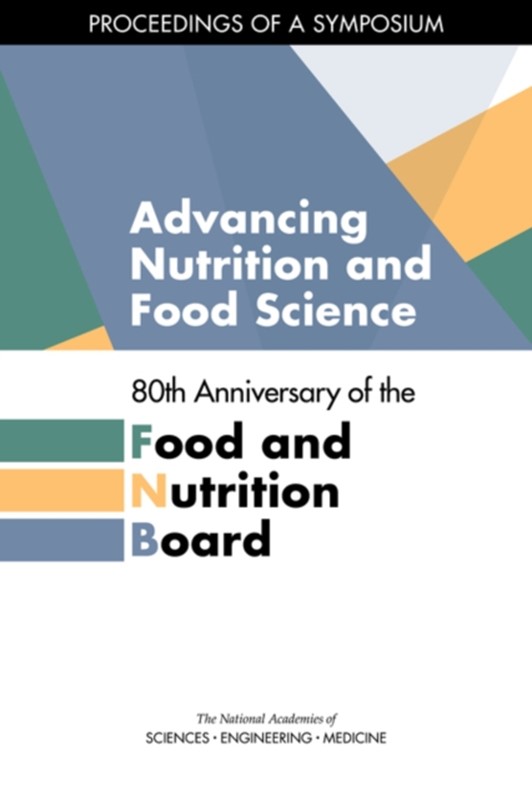A Framework for Assessing Effects of the Food System - Board On Agriculture And Natural Resources - Bog - National Academies Press - Plusbog.dk
How we produce and consume food has a bigger impact on Americans' well-being than any other human activity. The food industry is the largest sector of our economy; food touches everything from our health to the environment, climate change, economic inequality, and the federal budget. From the earliest developments of agriculture, a major goal has been to attain sufficient foods that provide the energy and the nutrients needed for a healthy, active life. Over time, food production, processing, marketing, and consumption have evolved and become highly complex. The challenges of improving the food system in the 21st century will require systemic approaches that take full account of social, economic, ecological, and evolutionary factors. Policy or business interventions involving a segment of the food system often have consequences beyond the original issue the intervention was meant to address. A Framework for Assessing Effects of the Food System develops an analytical framework for assessing effects associated with the ways in which food is grown, processed, distributed, marketed, retailed, and consumed in the United States. The framework will allow users to recognize effects across the full food system, consider all domains and dimensions of effects, account for systems dynamics and complexities, and choose appropriate methods for analysis. This report provides example applications of the framework based on complex questions that are currently under debate: consumption of a healthy and safe diet, food security, animal welfare, and preserving the environment and its resources. A Framework for Assessing Effects of the Food System describes the U.S. food system and provides a brief history of its evolution into the current system. This report identifies some of the real and potential implications of the current system in terms of its health, environmental, and socioeconomic effects along with a sense for the complexities of the system, potential metrics, and some of the data needs that are required to assess the effects. The overview of the food system and the framework described in this report will be an essential resource for decision makers, researchers, and others to examine the possible impacts of alternative policies or agricultural or food processing practices. Table of ContentsFront MatterSummaryPART I: The U.S. Food System1 Introduction2 Overview of the U.S. Food SystemPART II: Effects of the U.S. Food SystemPart II: Effects of the U.S. Food System3 Health Effects of the U.S. Food System4 Environmental Effects of the U.S. Food System5 Social and Economic Effects of the U.S. Food SystemPART III: The Framework6 The U.S. Food and Agriculture System as a Complex Adaptive System7 A Framework for Assessing the Food System and Its Effects7-A Annexes: Examples to Illustrate the FrameworkANNEX 1: Dietary Recommendations for Fish ConsumptionANNEX 2: U.S. Biofuels PolicyANNEX 3: Attaining Recommended Amounts of Fruits and Vegetables in the American DietANNEX 4: Nitrogen in AgroecosystemsANNEX 5: Comparing Hen Housing Practices and Their Effects on Various Domains8 EpilogueAppendix A: Open Session AgendasAppendix B: Selected Metrics, Methodologies, Data, and ModelsAppendix C: AcronymsAppendix D: Committee Member Biographical Sketches

















































